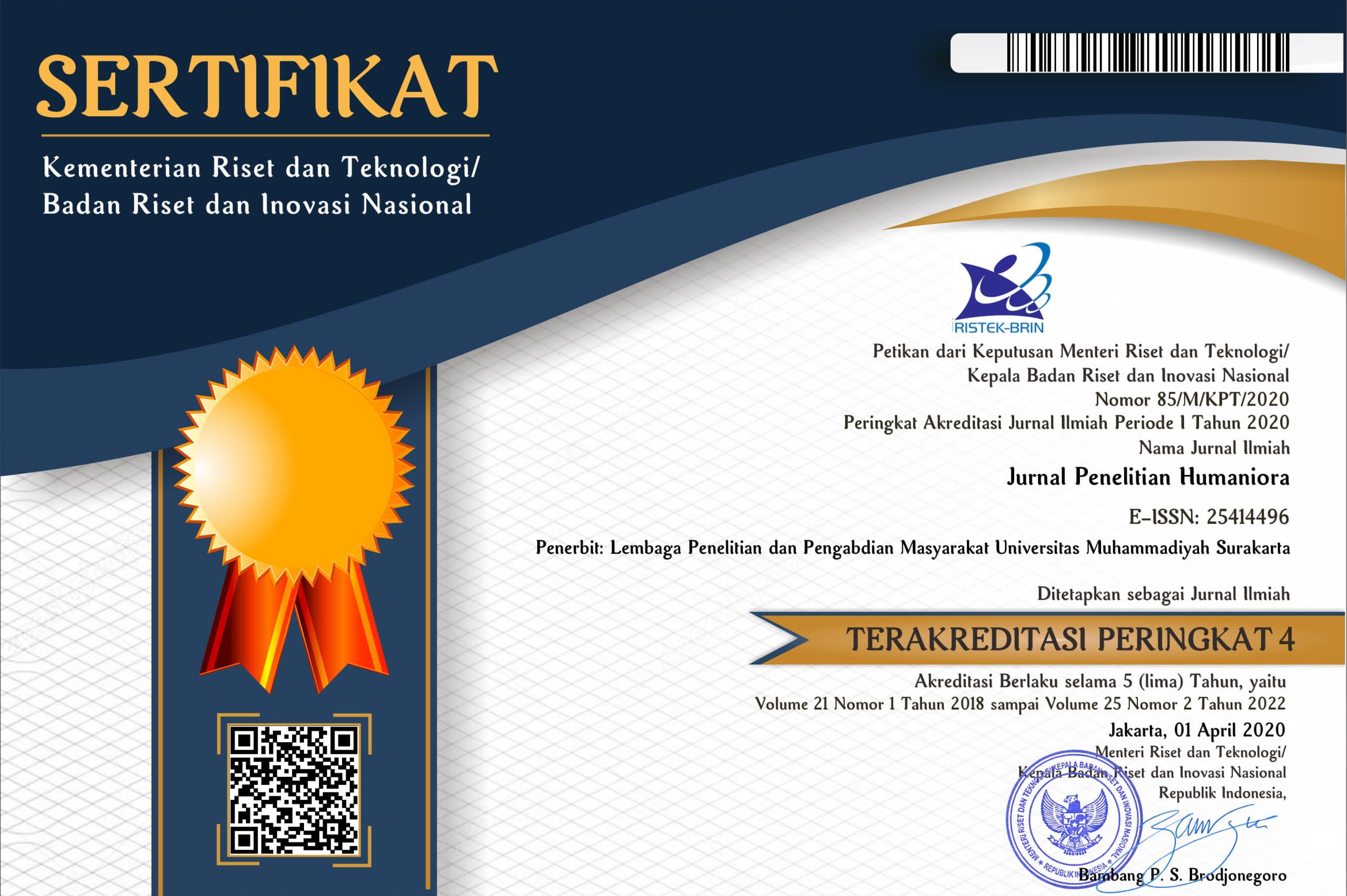COMPARATIVE ERROR ANALYSIS IN ENGLISH WRITING BY FIRST, SECOND, AND THIRD YEAR STUDNETS OF ENGLISH DEPARTMENT OF FACULTY OF EDUCATION AT CHAMPASACK UNIVERSITY
Nokthavivanh Sychandone(1*)(1)
(*) Corresponding Author
Abstract
the total errors are 571 erroneous sentences. There are two types of errors, namely lexical errors and syntactical errors; eight error categories and twenty-seven error cases. The second year learners made the most error 263 errors or 46, 05% while
first year learners produced 229 errors or 40, 10% and third year learners made 79 errors or 13, 83%. There are similarity in errors types, five similar categories and five error cases, but there are three different error categories and eighteen error cases. The main error sources, learners had lack knowledge of English grammatical rule. The overgeneralization (265 errors or 46, 40%) influences learners’ error, language transfer (199 errors or 34, 85%) still interfere learners’ acquisition and simplification (107 errors or 18, 73%) is one factor that effect learners’ errors.
Full Text:
PDFReferences
Bootchuy, Tiptida. (2008) An analysis of error in academic English writing by a group of First-year Thai graduates majoring in English. (Master’s Thesis) Kasetsart Unversity, Thailand.
Brown. H. Douglass (1980) Principles of Language Learning and Teaching. New Jersey: Practice Hall.
Corder, S. Pit (1982) Error Analysis and Interlanguage. Oxford University Press
Corder, S. Pit (1967) The Significance of Learners’ Errors. International Review of Applied Linguistics in Language Teaching (IRAL),5(4), 161-170. http://dx.doi.org/10.1515/iral.1967.5.1-4.161
Dulay, Heidi; Marina Burt and Stephen Krashen (1982) Language Two. New York: Oxford University Press.
James, Carl (1998) Error in Language Learning and Use: Exploring Error Analysis. London: Routledge
Ellis, Rod & Gary, Barkhuizen (2005) Analysing Learner Language. Oxford University Press. UK.
Fauziati, Endang (2009) Reading on Applied Linguistics. Surakarta: Muhammadiyah University Press.
Fraenkel, R. Wallen, E. Hyun, H. (2012) How to Design and Evaluate Research in Education. McGrraw-Hill.
Moleong (1985) Metodologi Peneliatan Kualitatif. Bangdung PT Remaja Rasa Karya.
Rechard, J. (1977) Error Analysis: Perspective on Second Language Acquisition. London: Longman.
Saville-Troike, Muriel (2006) Introducing Second Language Acquisition. Cambridge: C.U.P
Zheng, Cui & Park, Tea-Ja. (2013) An Analysis of error in English Writing made by Chinese Ana Korean University students. Theory and Practice in Language Studies. 2013 ACADEMY PUBLISHER Manufactured in Finland, Vol.3, No.8, pp. 132-1351, August 2013.
Article Metrics
Abstract view(s): 1737 time(s)PDF: 1192 time(s)
Refbacks
- There are currently no refbacks.











